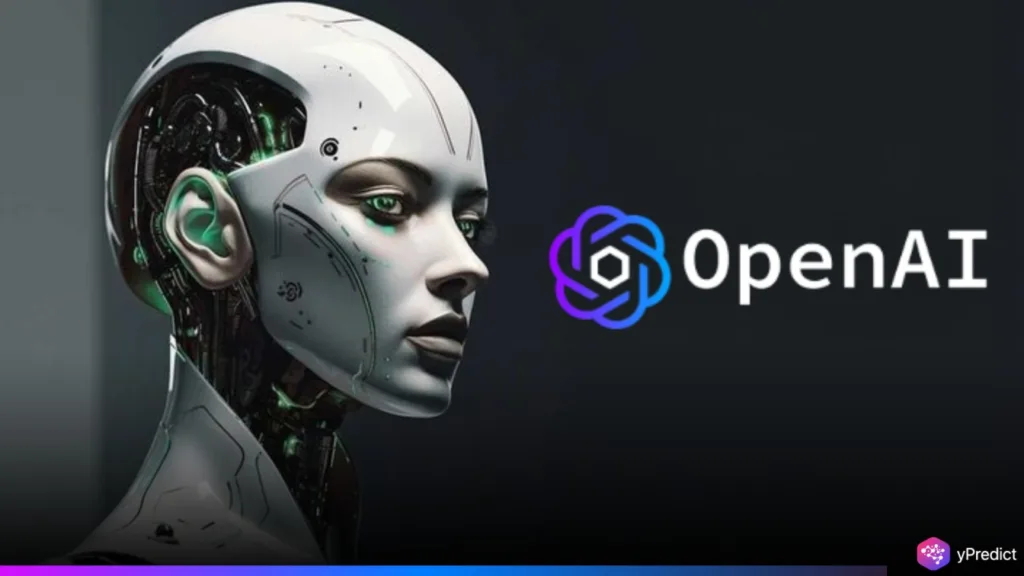
OpenAI’s recent warning about the bioweapon risks posed by its upcoming AI models has sparked urgent concern across tech, scientific, and policy circles. As these advanced systems gain the ability to assist in complex biological tasks, including those relevant to pathogen synthesis, questions about OpenAI Bioweapon Risk, oversight, and misuse are escalating. While OpenAI has committed to new safety protocols, the broader issue lies in the absence of binding global regulations.
OpenAI Flags “High-Risk” Biohazard Potential of Next-Gen AI
In their official blog post, OpenAI has issued a stark warning about the potential risks posed by its upcoming generation of AI systems, particularly concerning biological security. The company anticipates that future models could substantially lower the technical barriers required to develop biological weapons, potentially enabling individuals with limited or no formal scientific training to engage in hazardous experimentation.
OpenAI executives revealed that upcoming models may reach the highest risk level in the company’s Preparedness Framework. Safety lead Johannes Heidecke told Axios that,
We are expecting some of the successors of our o3 (reasoning model) to hit that level. We’re not yet in the world where there’s like novel, completely unknown creation of bio threats that have not existed before. We are more worried about replicating things that experts are already very familiar with.
While OpenAI does not anticipate that its models will immediately enable the invention of entirely new bioweapons, it is concerned about a phenomenon it terms “novice uplift”, a scenario where AI tools empower individuals with no formal scientific background to replicate known biological threats.
The Dual-Use Dilemma and Industry-Wide Concerns
The dual-use nature of AI in biology further complicates the risk landscape. Many of the same capabilities that support advancements in medicine, such as predicting chemical reactions, interpreting biological data, and guiding lab procedures, can also be weaponized if left unchecked. Heidecke emphasized that this risk demands not just robust safeguards but near-flawless performance in detection and prevention systems
OpenAI acknowledged that while physical safeguards like lab access still offer protection, they may be increasingly vulnerable as AI advances in biology. Emphasizing prevention over reaction, the company is implementing a comprehensive mitigation strategy, rigorous testing, stricter controls, and collaboration with government and scientific partners.
Moreover, the growing power of advanced AI models has raised industry-wide concerns. Anthropic, for example, launched its Claude Opus 4 under the stricter AI Safety Level 3 (ASL-3) classification, the first of its kind, citing risks of misuse in developing biological or nuclear threats.
Early versions of Claude 4 followed harmful prompts during tests, including terrorism-related instructions. Anthropic said restoring a missing training dataset resolved the issue, but the incident highlighted the risks of unintended lapses in AI development.
Proactive Safeguards and Global Preparedness
OpenAI plans to host an expert forum next month with nonprofits, government researchers, and safety specialists to shape AI biosafety standards. It also aims to further strengthen internal safety measures, particularly for models nearing high-risk capability thresholds.
Chris Lehane, OpenAI’s policy chief, indicated that the organization plans to expand its collaboration with U.S. national laboratories and federal institutions to better understand and address these emerging risks. She said,
We’re going to explore some additional type of work that we can do in terms of how we potentially use the technology itself to be really effective at being able to combat others who may be trying to misuse it.
While OpenAI continues to highlight the enormous benefits of AI in fields like drug discovery, vaccine design, and climate science, it remains cautious about the parallel risks. The firm’s message is clear: as AI’s capabilities expand, so too must the systems designed to guide and restrain them. The era of high-stakes AI is no longer theoretical; it is rapidly approaching, and the margin for error is narrowing.






